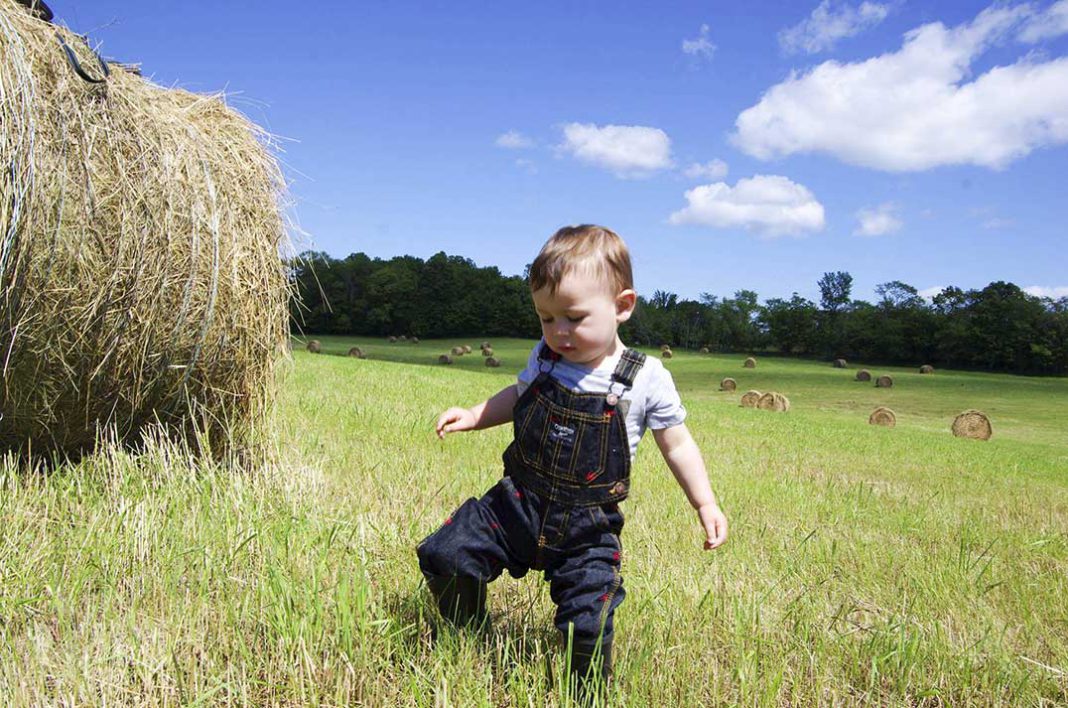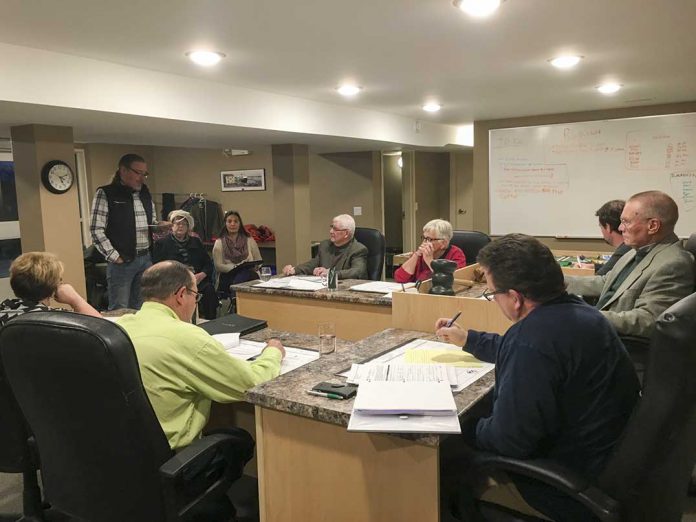by Steph Burt Hillyard
ICE LAKE—Farming runs through my veins. It’s been part of my family much longer than I have, and longer than I will probably live.
My son, Gabriel, and this new baby on the way are being and will be raised in much the same way I was—with a healthy respect for the dangers of the farm. But they were rarely presented as something to be feared, but rather as something to be cautious around, to take your time, to be intentional with. Much like life in general.
I grew up on the same farm my dad did. Currently we live just a short drive away from the farm and visit often, and my husband works on the family farm in the summer months. My son, now two, took his first tractor ride at approximately five-weeks-old, in an enclosed cab tractor, safe in the arms of his grandpa. I have vague memories of sitting in a similar spot with my dad, back when we both comfortably could share the tractor seat.
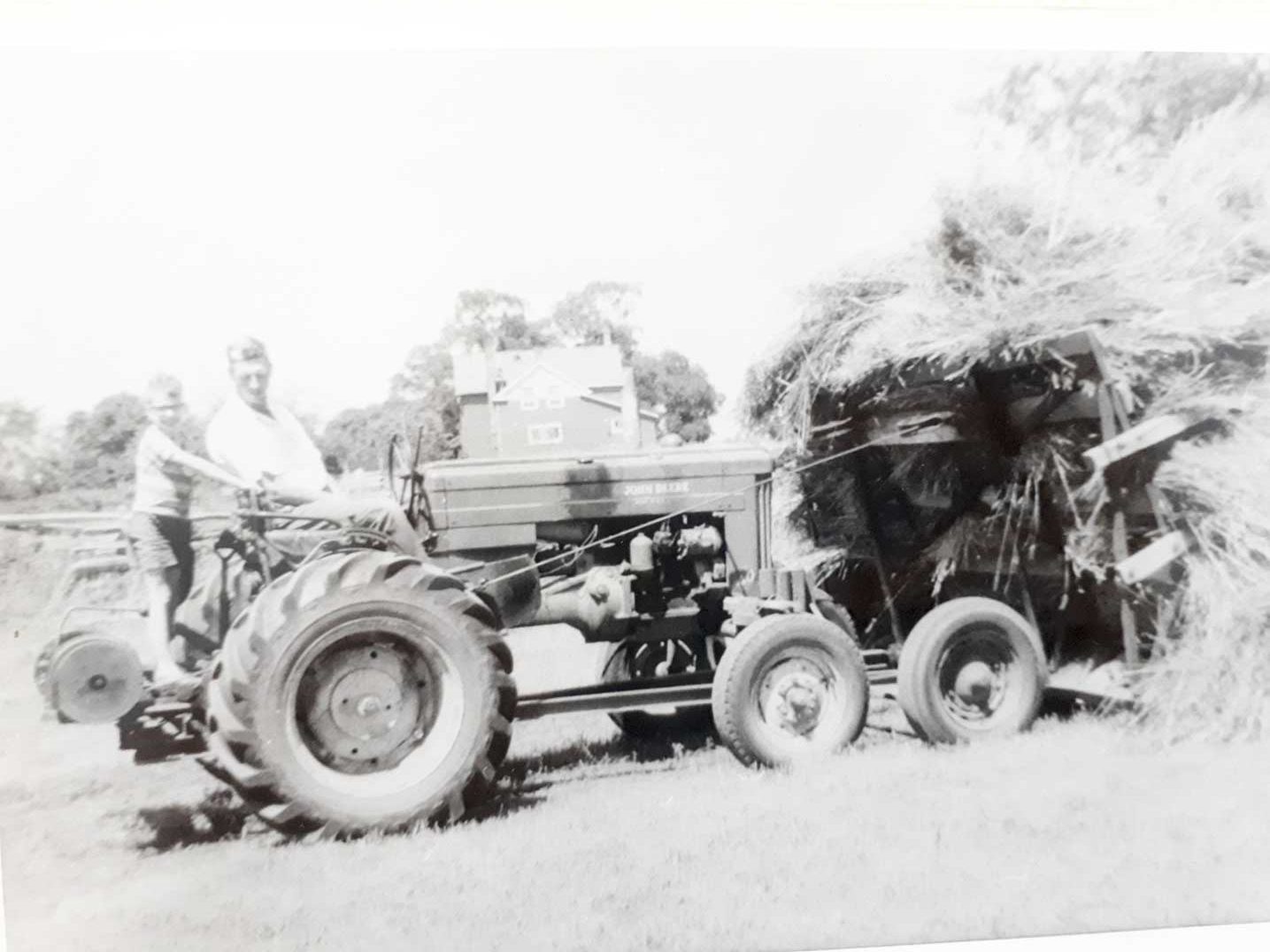
I remember driving an old Massey Ferguson in my early years on the farm, my legs too short to reach the brakes. Mom and dad were only a few steps away from the tractor slowly chugging along in second gear with their seven-year-old manning the steering wheel while they loaded the wagon up with square bales. I was too small then to lift the square bales onto the moving wagon, but once I grew, my brother took over the steering wheel and I joined the adults on the ground, happily climbing to the back of the wagon when the load grew to high for me to lift the bales onto anymore.
My parents took my siblings and I with them when they did chores and farm work. We helped fix fence and hay and in the garden. I’ve even carried my son on my back while I planted, weeded and harvested in the garden or from the apple trees. He loves it, and now that’s he’s a little bigger and able to help, his favourite thing is to help pick lettuce, peas, beans and tomatoes. We’re still working on the weeding, but we’ll get there.
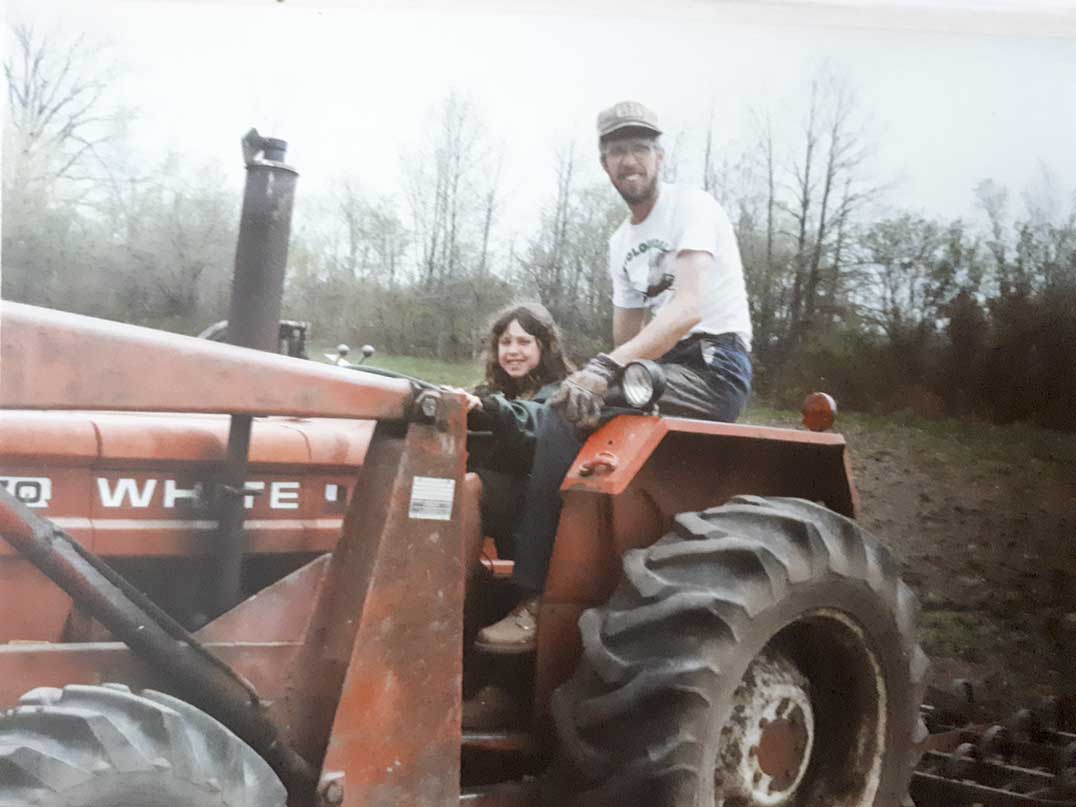
Farming is one of the most dangerous professions in the world. The Alberta Farm Safety Centre ranks it the third most hazardous profession in Canada, with machine injuries accounting for just over 70 percent of those injuries and fatalities. The Canadian Agricultural Safety Association (CASA) gives Ontario the rank of highest fatalities per province, often with nearly twice the number as other provinces. However, Ontario also claims the largest farming population per province. There’s always a risk of machinery injuries, animal mishaps, suffocation, elemental exposure, heat stroke, falls, dust and fumes, to only mention a few. Yet it’s rarely talked about outside agriculture health and safety circles.
In previous generations, animals were the most likely cause of farm accidents. Even when the injury was related to a piece of machinery, an animal was often involved.
My grandfather, Ed Burt, can recall far too many stories of farmers being cruel to their animals (especially bulls and boars) and those animals in turn one day retaliating. But oftentimes accidents were simply that—accidents.
“I remember plowing with three horses once, and it was a plow that you sat on the seat,” Ed recalls. “It was a 14 inch one-furrow plow, but the plow was a little back behind the seat. I had been down helping my dad, because I’d go down in the middle of the day or after school and I’d go and plow because I could also unhitch the horses and bring them back up the barn.”
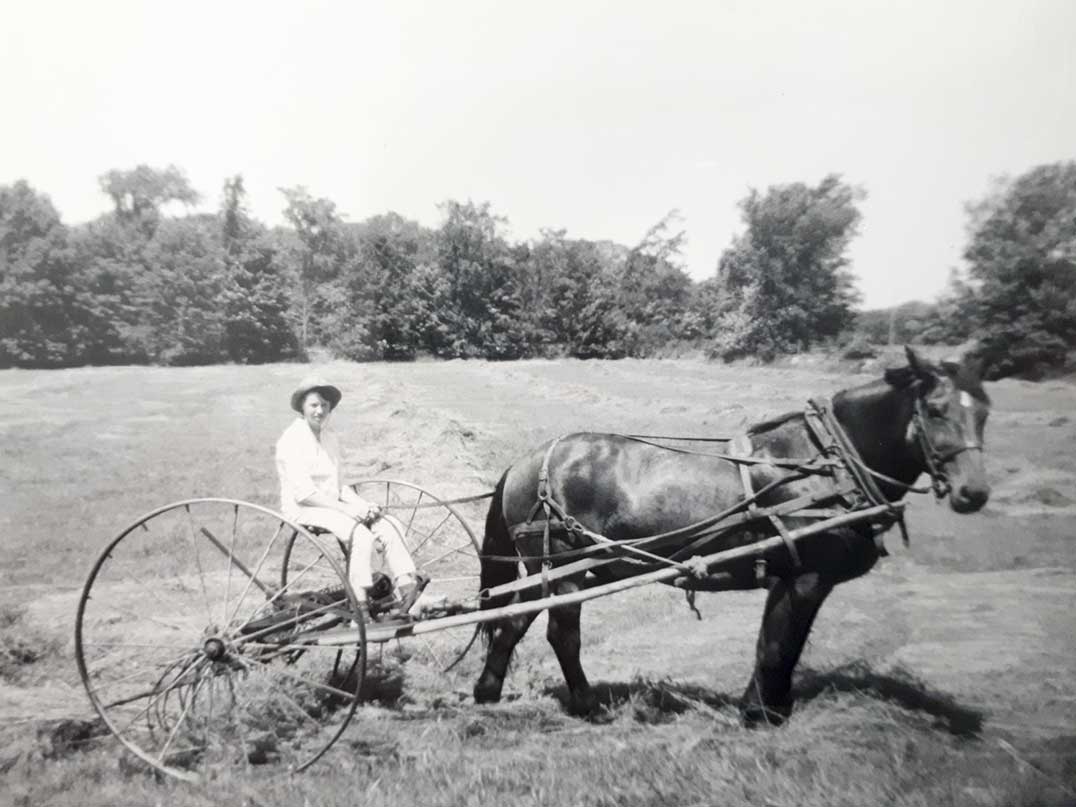 “I’m going down the field and I hit a stone,” Ed continues. “The plow hit what was a kind of great big rounded stone underground, and the back of the plow flew up and I lit right behind the back of the horses, right down in where the horses’ back feet were. Of course, I yelled at them to stop and they had been plowing all day so they were ready to stop. And I’d been working around them so I knew they wouldn’t kick or anything, but if I had startled them, which you can very easily do, they may have pulled that plow right over top of me.”
“I’m going down the field and I hit a stone,” Ed continues. “The plow hit what was a kind of great big rounded stone underground, and the back of the plow flew up and I lit right behind the back of the horses, right down in where the horses’ back feet were. Of course, I yelled at them to stop and they had been plowing all day so they were ready to stop. And I’d been working around them so I knew they wouldn’t kick or anything, but if I had startled them, which you can very easily do, they may have pulled that plow right over top of me.”
According to the Institute of Agricultural Rural and Environmental Health, “Handling cows accounts for 33 percent of livestock related injuries to handlers. Horses account for 46 percent. Only 14 percent of injuries are caused by handling bulls, steers and calves. Seven percent of injuries involve other animals.”
“The unpredictability of livestock hasn’t changed,” my father Max Burt adds. “Bulls are dangerous entities. Currently only 1 in 9 people survive a bull attack. It doesn’t say what he looked like, just that he survived. They’re big and unpredictable. In earlier years they were selected for genetics, they weren’t selected for disposition. Today, disposition is a big part of that genetic selection—it’s made them safer. Especially on this farm. Plain and simple. One individual cow is not important enough in the herd to be dangerous to people on this farm.”
“Handing facilities now are made out of steel instead of wood,” Max says. “You couldn’t stop a bull with a piece of wood, he’d break it all to smithereens if he wanted to.”
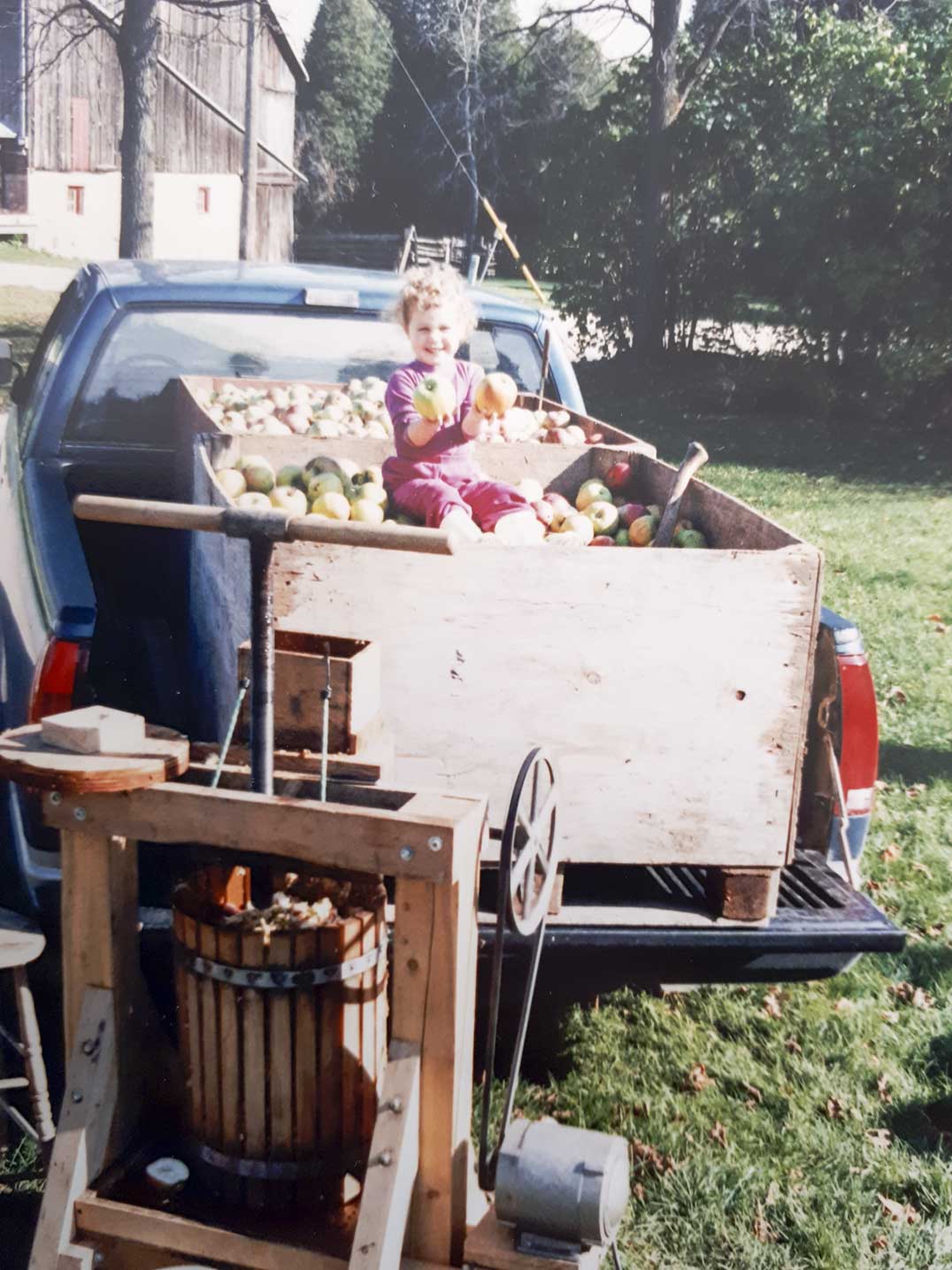 Animals restraints should also be noted as progress towards farm safety. There’s a big difference between using a steel head gate to restrain cattle vs tying them to a tree or post with a rope. “There’s a lot of that animal still free when you use a rope,” Max adds.
Animals restraints should also be noted as progress towards farm safety. There’s a big difference between using a steel head gate to restrain cattle vs tying them to a tree or post with a rope. “There’s a lot of that animal still free when you use a rope,” Max adds.
But things have come a long way since my father’s and his father’s time.
Farm machinery gets the worst rap today for being the most dangerous thing on the farm, yet they’re also the most invaluable, saving farmers time, energy, exposure to the elements, and toil on their bodies. A farmer’s tractor becomes almost an extension of them, as it can be used for nearly every job on the farm: planting and harvesting, clearing land, feeding animals, hauling hay bales and wood and so, so much more. But whether it’s a lack of funds or a familiarity they don’t want to replace, many farmers use old, sometimes outdated tractors. With this year’s Agricultural Safety Week focussing on seniors, it’s only fair to note that while advances have been made, no piece of machinery is perfect. And the highest number of accidents (especially involving tractors) is a result of tractor rollovers.
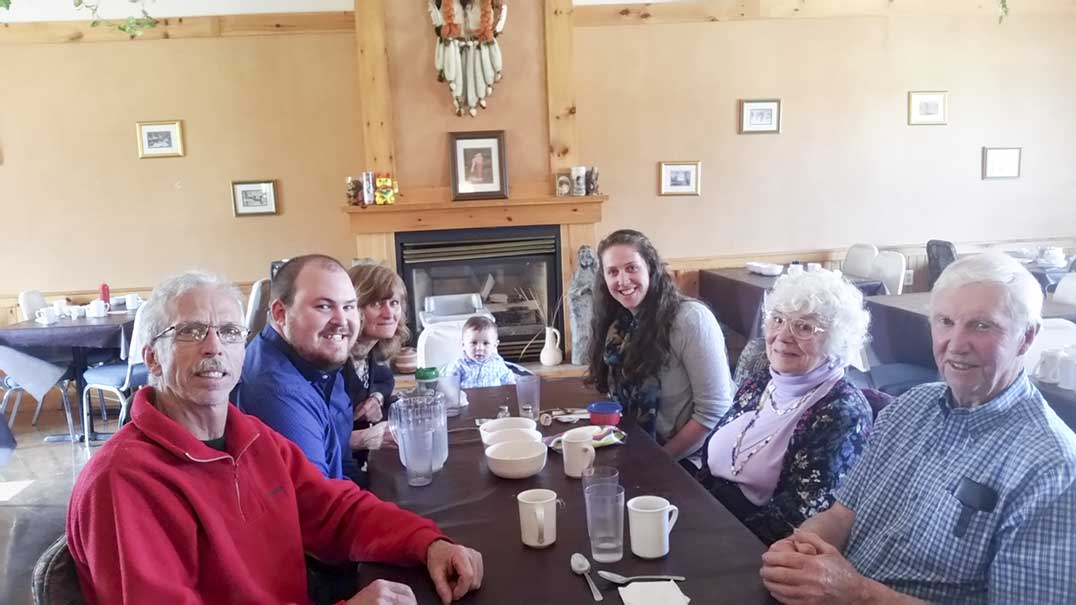 The Canadian Agricultural Injury Surveillance Program states that the reason so many injuries happen, especially with older farmers, is that they’re using older machinery, which often don’t have things such as cabs, seatbelts and roll bars. However, many people don’t use protective advancements like rollover bars because they find them too cumbersome—either to put on or to maneuver the tractor when attached.
The Canadian Agricultural Injury Surveillance Program states that the reason so many injuries happen, especially with older farmers, is that they’re using older machinery, which often don’t have things such as cabs, seatbelts and roll bars. However, many people don’t use protective advancements like rollover bars because they find them too cumbersome—either to put on or to maneuver the tractor when attached.
“So many times tractors roll over on people,” Ed warns. “Not so much now, but if you drive over too far up the tramway and the wheel goes off the side, you can roll a tractor over quite easy. And a lot of people have them [rollover protective structures/rollover bars (ROPS)], but they don’t use them. They have them, but they don’t use them.”
Ontario Workplace Safety and Prevention Services says that “tractor rollovers account for 23 percent of tractor related fatalities in Ontario.” They also add that “Distracted operators, speed, and rough or uneven ground are leading causes of tractor rollover.” They state that while ROPS were introduced in the 1960s, they weren’t available for all new tractors until the ‘70s and didn’t become standard equipment until the mid-1980s.
“You know, when he [Gabriel] gets big enough to help out, it [farming] could be even safer,” Ed says. “Now some tractors have a roll bar, now they’ve got seatbelts. You might get banged in the cab, but it wouldn’t run over you.
“I was up at your dad’s [Max’s] processing chickens and there was an old inspector, and someone mentioned common sense,” Grandpa Ed continues. “The thing about common sense, the inspector said, ‘is that it’s just not common anymore.’ And I had to agree.”
There’s a lot of truth in that. So many farm accidents are caused by user error. My dad, Max, has been a farmer his whole life, just like his dad. He’s seen changes in farm machinery and practices, and been part of the safety movement, either through education or manufacturing on his own farm to make our family and his hired help safer. He studied Agriculture at Guelph University with my mom, and worked on a farm through and after, so he’s spent more time than most in the seat of a tractor. But he’s seen his share of accidents as well.
“Tractors, for example, now will not start if they’re in gear,” Max explains. “They used to start and could drive away. I helped load a farmer into an ambulance after he jumpstarted his tractor. A 110 HP tractor and it ran the full length over the top of him. He had a broken pelvis, broken collarbone, broken cheekbone…he survived. And I had to go catch the runaway tractor. Is that not dangerous to the people that have to do that? It was headed across an open field but it could have gone on a road, could have run into somebody’s house. A 110 horse tractor by itself doesn’t stop for much. That’s the reality of farm safety. He jumpstarted it and by doing that he bypassed the safety switch. It would not have started if he had turned the key.”
Farm safety has changed immensely through the years. From early days when farmers were pretty much the guinea pigs for new inventions, to today when literal robots are doing the jobs that used to be backbreaking work for farmers. “Harvest was a lot of manual labour,” Max says. “Some farmers can now harvest their entire crop and not physically touch it.” He explained that while farmers, especially in his father’s day, used horses to pull equipment they walked behind while being exposed to all the elements, farmers can now sit in the cab of a tractor, with air conditioning and a radio while getting minimum fatigue. Even in his years of farming he’s spent more hours than he could count with the dust of the harvest and the heat of the tractor blowing in his face.
And machinery itself, while possibly one of the most obvious changes, is only the tip of the iceberg. Farm safety practices are more prevalent than ever. From signage to lock out and safety devices, to online resources and readily available training, pushes towards safer work environments, both for the farmers themselves, their families and their hired help, are stronger than ever. A quick stop at the farm safety page on the OMAFRA (Ontario Ministry of Agriculture, Food and Rural Affairs) website gives resources for farm safety for children, farmers, workers and aspects of farm work like chemicals and contaminants, farm machinery, and even buildings and storage.
But it’s not just new technology or more readily available knowledge. Both Ed and Max agree it’s about respect.
“You gotta get people to listen. It’s hard sometimes to get people’s attention, but until they’ve had an accident… It may be now that they can go out now and haul in more hay and be safer than they ever were,” Ed starts. “You gotta respect all the power, whether it’s tractor power or horse power.”
“I never had that many accidents,” the senior farmer adds. “I had some, but I was lucky I guess. I tried to be awful careful. But sometimes you’d have visitors come to the farm. You’d be watching the ones on the wagon, and you’d look back and one of these kids from Toronto had run out in front and were hanging onto the front of the tractor, with his feet in the grill of it. If his hand had of slipped it would have just run over him. And he was right out in front of the tractor. He had no respect for it. These people never were around things like this. We worked awful hard, all the kids did too, when we had friends or people from the city come to the farm, because they didn’t understand any of this stuff. We were awful lucky but I’ve certainly seen some things that just scared the dickens right out of me.”
The stats on child-related injuries are horrifying. And it’s not just because parents are neglectful. Children have their own agendas, are curious, and don’t always have the best listening skills (as a mom of a two-year-old and as an ECEA (Early Childhood Educator’s Assistant), I can attest to all of these. Like most adults, farmers need to work too, regardless of whether they’re parents.
“Children were an active part of the farm,” Max states, having been a farm kid himself. “Necessary to help keep the farm running.”
My siblings and I were lucky—my parents were attentive and kept us away from the most dangerous jobs. But we were still kids, and often found ways to get into trouble be it finding bees, getting to close to the livestock, climbing things we shouldn’t have, or just exploring past where we needed to be. But my parents also let us be kids. We often worked alongside them on weekends, during the summer and after school. We all had our own chores, some we loved and some we hated, but we were necessary help.
My son thankfully still has some trepidation around the livestock and big machines. But I know there will come a day when I can’t follow close on his heels and protect him from all the dangers around him. Currently his favourite thing is to help feed the cows and asks all the time about grandpa’s tractors. I’ll have to let him be a kid, to explore, to learn in his own way. I’m just hoping between myself and my other family members we’ve taught him enough respect and attentiveness to keep him safe.
I don’t know what farming will look like for my kids. It could be unrecognizable, but with familiar ribbons running through it. It could completely revert backwards, and the next generation could embrace the wisdom of our predecessors.

